Sterling is set to rise against the euro over the coming year, anticipating the Bank of England will raise interest rates while speculation persists that the euro zone, Britain's main trading partner, may need more stimulus. Sterling will climb to just over 79.3 pence per euro in a year from now from 82 pence presently, according to the latest Reuters poll of global foreign exchange forecasters.
While three-quarters of the 62 polled forecast the pound would rise, most of those gains are not expected to come until early 2015, when the groundwork is laid for higher rates. Meanwhile there is still plenty of speculation over whether a reluctant European Central Bank will either cut interest rates again or launch a bond-purchase programme, or both, which ought to eventually weigh down the strong euro.
But only a handful say that sterling will make inroads against the dollar, despite expectations that the BoE, which appears comfortable at the moment with a stronger currency, will raise rates before the US Federal Reserve does. Only seven expect cable, just under $1.69 and near a five-year high, to be even higher in a year. And only 11 expect it to rise in the next three months.
Positioning data from the Commodities and Futures Trading Commission show that the number of contracts long the pound is more than double shorts, even as bets against the US dollar were slashed in last week of April. So the majority view that has persisted for months now, that sterling will fall against the dollar, may be based on the idea that there are too many long positions which have been steadily building over the past year.
However, the UK Bank Rate is expected to climb to 0.75 percent from a record low of 0.50 percent by June next year, according to the latest Reuters survey. By contrast, 12 of 20 US primary dealers polled this week said the first US rate rise will be in the second half of next year, or possibly even 2016. A wider sample of forecasters was split between the first and second half. "We remain constructive on sterling as UK rate expectations rise on the back of a broadening recovery," wrote Jeremy Hale, strategist at Citi, who expects the pound to climb to $1.71 in three months and trade at $1.70 in a year.
Britain, where business surveys are pointing to a booming economy, together with rapidly-rising house prices and a reviving job market, would appear to be the stronger candidate of the two economies for the first move up in rates. Britain is also one step closer to raising rates than the Fed in one key respect. While the BoE closed the door on its asset purchase programme a long time ago, the Fed is still buying $45 billion of bonds a month.
There is almost no doubt that the Fed will be buying nothing by year-end. But that expectation is not new. And it will likely take strong data, including higher inflation, to convince many the Fed will beat the BoE to the first rate rise. "Strong UK activity prospects, with the recovery broadening, together with the BoE's move to a looser forward guidance policy, underpin our bullish sterling view, with the UK's substantial current account deficit playing second fiddle," wrote Anezka Christovova at Credit Suisse.
BR100
15,059
Decreased By
-56.5 (-0.37%)
BR30
42,931
Decreased By
-117.2 (-0.27%)
KSE100
148,815
Decreased By
-677.8 (-0.45%)
KSE30
45,206
Decreased By
-312 (-0.69%)





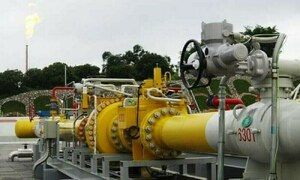
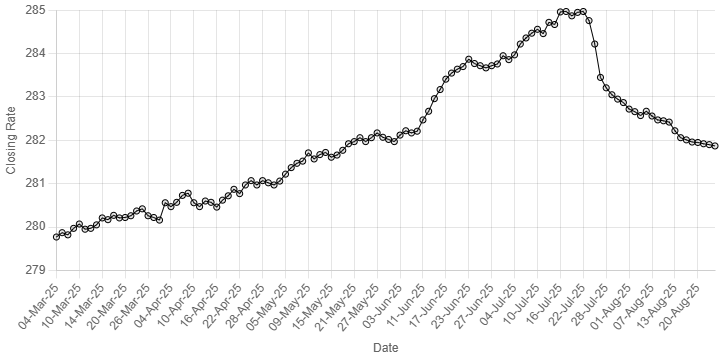
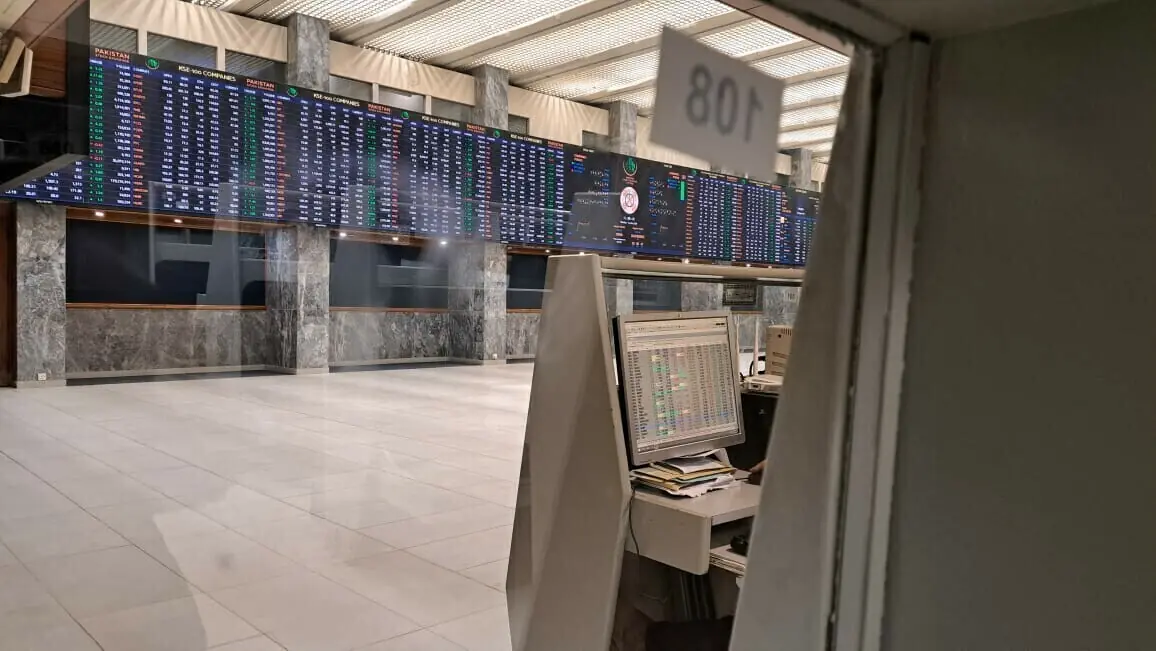

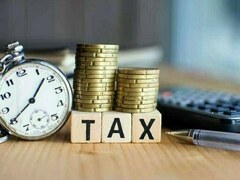




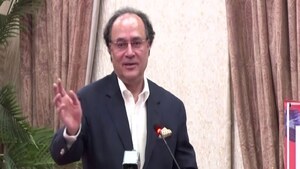


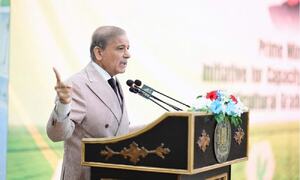
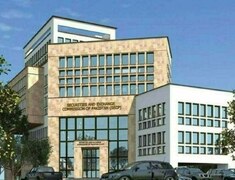
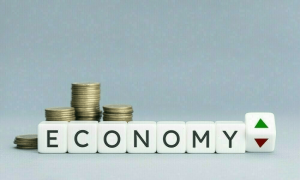
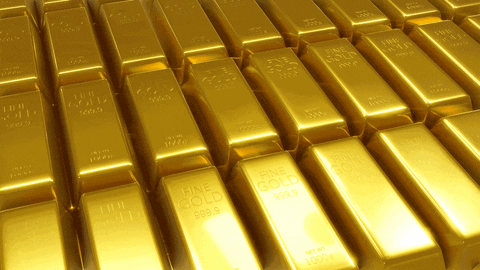
Comments
Comments are closed.